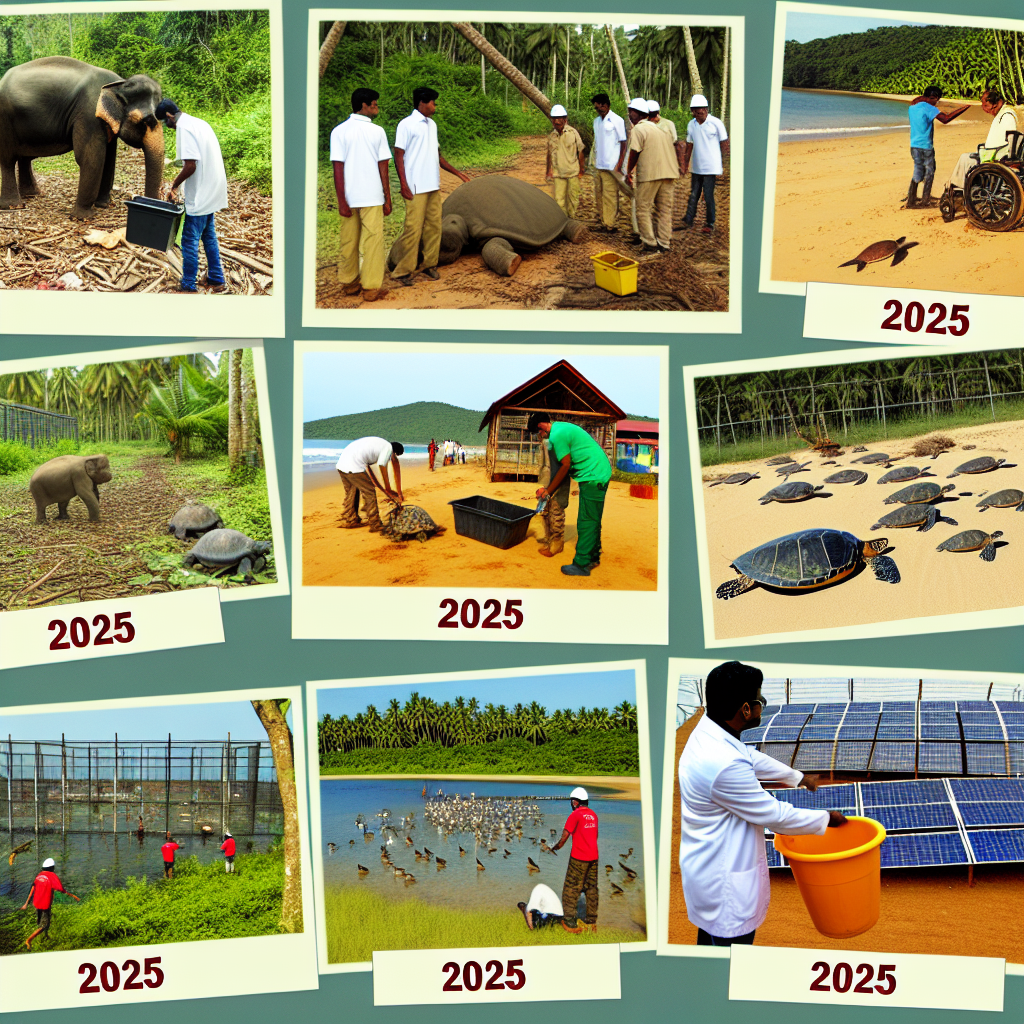
In 2025, wildlife conservation around the globe is set to experience groundbreaking efforts that will captivate the hearts and minds of conservationists and the general public alike. From innovative rewilding projects to pioneering community-based approaches, these endeavors not only aim to preserve our planet’s biodiversity but also strive to foster sustainable co-existence between humans and nature. Below, we explore some of the most remarkable wildlife conservation efforts to witness in the coming year.
Rewilding Europe’s Iconic Landscapes
Rewilding has emerged as a powerful tool in the effort to restore ecosystems and biodiversity across the globe. In 2025, the progress of Europe’s rewilding projects is expected to reach new heights. From the Western Iberia Rewilding area to the Central Apennines, these initiatives aim to restore natural processes and animal populations to their historical habitats.
Key Species: Europen bison, lynx, and wild horses will play a crucial role in these projects. As apex species reintroduce balance to their environments, observers will have the unique opportunity to witness the transformation of these landscapes into thriving bastions of biodiversity.
Community-Led Conservation in Africa
Africa has long been a beacon for wildlife conservation, and in 2025, community-led initiatives are setting a new standard. These projects empower local communities to take the lead in conservation efforts, offering not just a voice but a tangible stake in preserving their natural heritage.
The Maasai Mara Ecosystem
In Kenya, the Maasai communities are spearheading conservation efforts in the world-renowned Maasai Mara ecosystem. By integrating traditional knowledge with modern conservation techniques, they are ensuring the protection of key species such as lions, elephants, and cheetahs. The significant reduction in poaching incidents is a testament to the efficacy of involving local communities in conservation.
Advancements in Marine Conservation
The vast oceans, home to innumerable species, are not overlooked in 2025’s conservation efforts. Marine protected areas (MPAs) are being expanded and enhanced across the globe, with a particular focus on the most critically endangered habitats.
The Great Barrier Reef Revival
Australia’s Great Barrier Reef, an iconic natural wonder, has long been threatened by climate change and human activities. In 2025, cutting-edge coral restoration techniques are being deployed to revive this extraordinary ecosystem. Through efforts such as assisted evolution and selective breeding of heat-resistant corals, scientists and conservationists are working tirelessly to safeguard the reef’s future.
Innovative Conservation in the Amazon Rainforest
The Amazon Rainforest, often referred to as the “lungs of the Earth,” faces significant threats from deforestation and habitat degradation. In response, 2025 brings innovative initiatives aimed at conserving this critical ecosystem while supporting sustainable development for indigenous communities.
One of the groundbreaking efforts involves satellite-based monitoring combined with on-the-ground initiatives to curb illegal logging activities. These proactive measures not only protect the rainforest but also empower native communities to manage their resources sustainably.
The Role of Technology in Conservation
As we venture further into 2025, technology is progressively intertwined with conservation strategies. Drones, AI-powered cameras, and data analytics are playing increasingly significant roles in monitoring and protecting wildlife habitats.
Smart Parks and Wildlife Corridors
Smart technology is revolutionizing the way we approach the concept of parks and corridors. These innovations allow for real-time tracking and analysis of species movement and health, enabling swift responses to potential threats.
By fostering continuous connectivity between fragmented habitats, these smart corridors ensure that wildlife populations continue to thrive, highlighting the indispensable role technology plays in modern conservation.
In conclusion, the best wildlife conservation efforts to witness in 2025 reflect a holistic and integrative approach, marrying traditional knowledge with modern science and technology. By engaging local communities and leveraging innovative solutions, these initiatives promise to breathe new life into our planet’s most precious ecosystems, securing a vibrant and sustainable future for both nature and humanity.